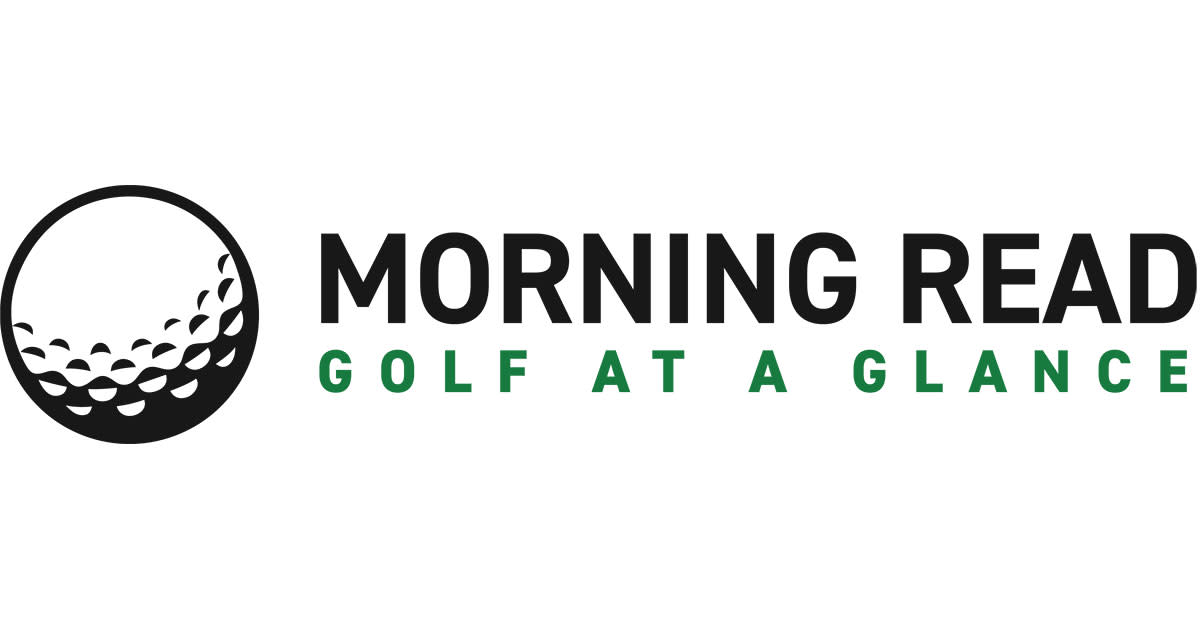
Pros explain slow play: It’s the other guy
ST. SIMONS ISLAND, Ga. – In the Nov. 6 edition of Morning Read, John Hawkins concluded his story on golf's pace-of-play issue by writing, “Slow play has been dogging pro golf forever. It’s high time that we make it yesterday’s news.” (“It’s time to call foul on Tour’s stall tactics”).
I couldn't agree with him more, but I've also come to the conclusion that it is wishful thinking and easier said than done. Here's golf's slow-play problem in a nutshell: no one ever thinks that he is a slow player.
Don't believe me? A few months ago, I conducted the PGA Tour anonymous survey for Golf Magazine, and an interesting dichotomy emerged: 78 percent of the 59 players polled complained that having a slow playing competitor has hurt their on-course performance, but 100 percent claimed their pace of play is acceptable. How can that be?
"They all think they're fast," said Mark Russell, the PGA Tour vice president of rules and competition.
That discrepancy hit home during a sit-down interview with Sam Horsfield at the recent Turkish Airlines Open. I brought up the question of his pace of play. With no hesitation, Horsfield said it was fine, and we moved on to another topic. At that moment, I was unaware of his struggle to pull the trigger at that very event. It was only later, after Horsfield had been shamed on social media, that he conceded on Twitter that he's trying to figure out a solution.
As G.I. Joe used to say, knowing is half the battle. I sure hope that Horsfield finds a solution, but in the meantime, how is he not being dinged with penalties every time he tees it up?
I hate to pick on Horsfield, because he's far from the only pace-of-play offender who is getting away with breaking the rules. During his 1994-2016 tenure as PGA Tour commissioner, Tim Finchem seemingly was allergic to having the rules officials enforce the full extent of the pace-of-play rule. In an interview several years ago, former Tour pro Joe Ogilvie said it best of the Finchem era: “Tim would rather talk about Middle East peace than slow play. He cannot stand the subject. He's been commissioner all these years, and no one has come up with a good solution to combat it.”
Russell, who joined the Tour in 1980, says he's been talking about slow play for nearly 40 years. Isn't the definition of insanity to keep doing the same thing and expect different results?
Jay Monahan, who replaced the retired Finchem as commissioner in 2017, appears to be taking a similar head-in-the sand stance. I'm basing this primarily on the way he defended J.B. Holmes at the Farmers Insurance Open after he took more than four minutes to play a layup shot on the final hole. It shined a bright spotlight on a problem long plaguing the circuit.
The European Tour experimented with a shot clock, but Rory Sabbatini, one of the fastest players, says he's not holding his breath that the PGA Tour will follow suit.
"The PGA Tour doesn't believe in giving penalties, so it could never happen,” Sabbatini said. “Fines for slow play don't play any part in affecting people speeding up. The fine for slow play isn't going to concern anyone, given the money we're playing for. Until they implement penalty strokes or disqualification, then things would change.”
Sabbatini makes a valid point. Anyone accumulating 10 bad times during the year is fined $25,000. (It used to be $20,000!) Considering the millions in prize money for which Tour pros compete, the punishment is a slap on the wrist, but that doesn't make writing the check any more enjoyable.
“We call it ‘winning the prize,’ ” Russell said. “When guys get to eight or nine bad times, they play with a sudden urgency; you’d better believe it.”
Russell wouldn't say how many players reached or exceeded 10 bad times – only that fines were paid – but it would be a great start to identify the guilty parties. Penalty strokes and public shaming would create “sudden urgency.”
When else do players tend to play with a sudden sense of urgency? We've seen Ian Poulter and others run to the tee to hit a tee shot on 18 so they can finish a round before play is suspended, and they definitely have a little giddy-up in their step when trying to finish on Sunday before darkness to avoid the dreaded Monday finish (see: New Orleans, this year).
Russell tells a great story of Swede Richard S. Johnson, who had a reputation as one of the Tour's biggest slowpokes. It was the final round of the 2004 Reno-Tahoe Open, and Johnson was first off on Sunday after shooting 82 in the third round. Concerned for a tight TV broadcast window, Russell went to talk to Johnson and informed him that officials would be watching him closely because they couldn't afford for Johnson to slow down the rest of the field.
“He said, ‘Don't worry about me. I've got a flight to catch,’ and he raced around the course – for him, anyway – and shot 62, and we never had a problem with him again,” Russell said.
Johnson actually shot 64, but who's counting? The point is, even the slowest players in the field can learn to play a bit faster, if only they had a reason to do so.
Adam Schupak has written about golf since 1997 for the likes of Golfweek,Golf.com and The New York Times. He is the winner of the National Sports Media Association's "Golf Article of 2017," and the author of Deane Beman: Golf's Driving Force. Email: golfsdrivingforce@gmail.com; Twitter: @adamschupak